
Experts Are Shedding Light on the ‘Death Rattle’ Phenomenon Before Passing

As someone approaches the end of life, the body undergoes a series of physical changes. Some signs can emerge weeks or months before death, but one of the most distinct and often distressing indicators occurs in the final 24 hours: a sound known as the “death rattle.”
Though unsettling to hear, this phenomenon is a natural and expected part of the dying process. Understanding what it is, why it happens, and how to manage it can help provide peace to families and caregivers during one of life’s most emotional moments.
What Is the Death Rattle?
The term death rattle refers to the gurgling or crackling noise that can be heard when a dying person breathes in the last hours of life. According to Medical News Today, it is caused by a buildup of saliva and secretions in the back of the throat. As a person’s ability to swallow declines, these secretions are no longer cleared, resulting in the distinct sound.
Hospice Nurse Julie, a well-known figure in end-of-life care, explains:
“This is just a collection of a small bit of saliva in the back of the throat that just sounds really bad.”
She also notes that fever and temperature fluctuations are common during this stage:
“We lose the ability to control the core temperature, so our temperature will fluctuate at the end of life. Again, it’s all very normal and part of the death and dying process if you are dying naturally at home.”
What Does It Sound Like?
The death rattle can vary in intensity and character. Some describe it as a wet, crackling noise, while others compare it to soft groaning, snoring, or even a labored gurgle. The sound may grow louder with each breath, especially if the person is lying flat or if the room is quiet.
Despite its ominous tone, it’s crucial to understand that the dying person is not in pain or discomfort. The noise is not typically accompanied by distress, even if it may be alarming for those listening.
How Long Does It Last?
Studies indicate that the average lifespan after the onset of the death rattle is approximately twenty-five hours, though this varies based on factors such as the patient’s condition and care environment. For example, individuals in hospice settings often live longer after the onset of the death rattle compared to hospital patients.
Can the Death Rattle Be Eased?
While the death rattle cannot always be eliminated, several measures can reduce its intensity and make the environment more comfortable for family members and caregivers:
-
🔄 Turn the person onto their side to encourage drainage of secretions.
-
🛏️ Elevate their head slightly using pillows or bed adjustments.
-
💧 Moisten the mouth with damp swabs to keep it hydrated.
-
💨 Use suction devices when appropriate to clear excess fluid.
-
🚫 Limit fluid intake if secretions are excessive.
-
💊 Administer medications (e.g., anticholinergics) as prescribed by healthcare professionals to reduce secretions.
It’s also important for medical staff to explain what is happening, as this knowledge can bring reassurance and prevent unnecessary panic among loved ones.
A Natural Transition
Though the death rattle may sound frightening, it is a normal part of the body’s natural shutdown. It does not indicate suffering or pain but rather a decline in reflexes and swallowing ability. By recognizing it for what it is, families can focus on offering comfort, love, and presence during the final hours.
Understanding this final chapter of life—its sights, sounds, and rhythms—can help replace fear with compassion. For those witnessing a loved one’s final moments, this knowledge can be a source of peace rather than distress.
Tags: End-of-life care, death rattle, palliative care, hospice, final 24 hours, peaceful passing, medical understanding, signs of dying
News in the same category

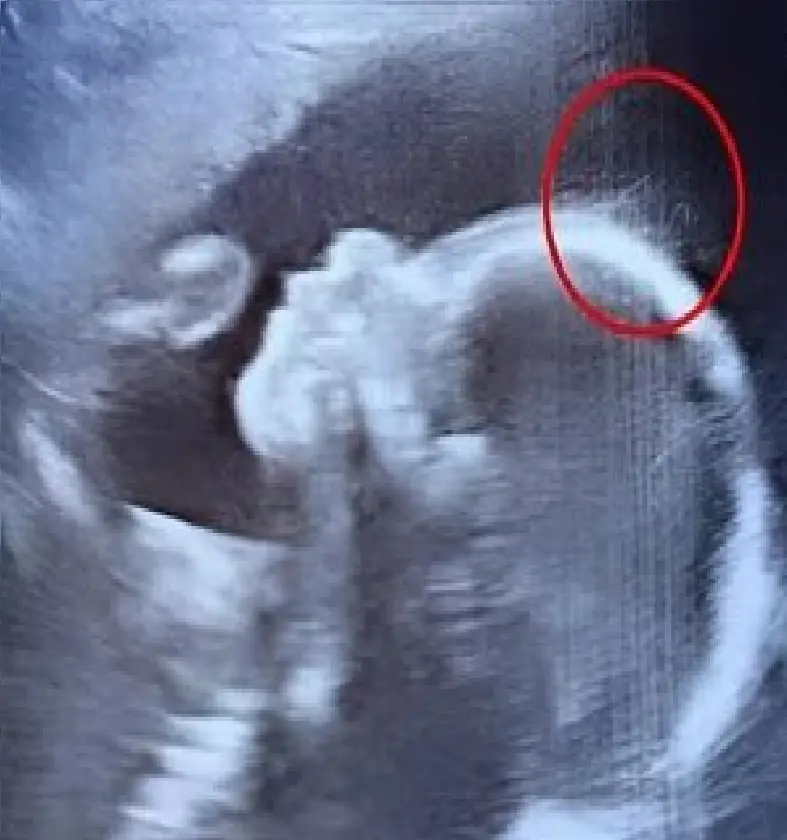
Doctors couldn’t believe what they saw during the ultrasound

Junk Cars, Green Future: How Automobiles Became the World’s Most Recycled Consumer Product

France’s Living Streetlights: A Glowing Experiment in Sustainable Urban Lighting

Italy’s Quiet Rubber Roads: A Sustainable Shift Toward Noise-Free, Eco-Friendly Infrastructure

Japan’s Harmony Trains: Blending Innovation and Compassion to Protect Wildlife

Earth Plunged Into Darkness For Six Minutes In Rare Event Not Seen In A Century

NASA Monitors Plane-Sized Asteroid Speeding Toward Earth at 47,000 MPH
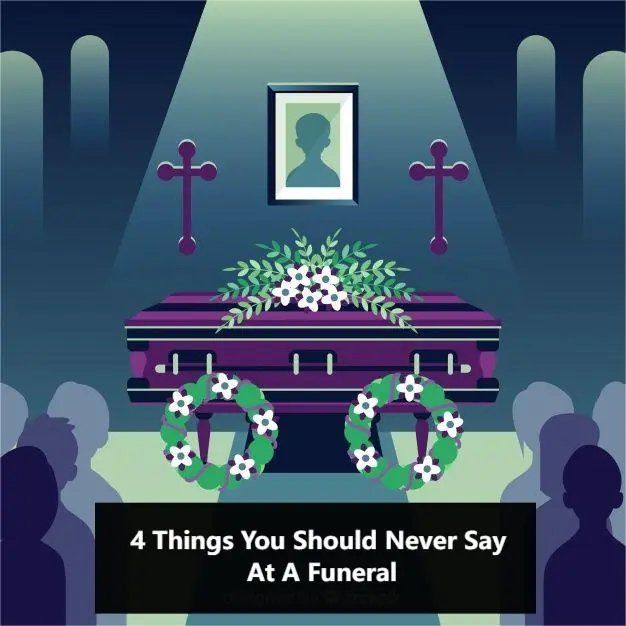
4 Things You Should Never Say at a Funeral — No Matter What

Father of 9-year-old Melina Frattolin faces charges as new details surface in her death

🔬 Hidden Lake Beneath Greenland Ice Could Unlock Secrets of Earth—and Beyond

🔬 Scientists Discover Pink Glacial Algae Turning Arctic Snow Red—and Accelerating Ice Melt

7-Eleven Employee Dies After Being Left Brain-Dead in Shocking Incident Involving Manager

Stomach Bug Sickens Over 140 People on Caribbean Cruise, Forcing Passengers and Crew to Isolate in Cabins

🌘 The Longest Total Solar Eclipse of the Century Is Coming — August 2, 2027

🌠 Twin Meteor Showers Set to Illuminate the Night Sky July 29–30, 2025 🌠

The insights your finger length offer about your personality

The Deadly Beauty of Lake Natron: Where Nature Turns to Stone—And Flamingos Call It Home

Milaf Cola: The World’s First Date-Based Soda Could Revolutionize the Soft Drink Industry
News Post

Creamy Spinach and Mushroom Gnocchi (One-Pan, 20 Minutes)

Spicy Peach Margarita

Owls: Night Guardians and Their Connection to Your Home

☕🍫 Heart-Shaped Mocha Mousse Cake Recipe

🍯 Bee-Themed Honeycomb Cake Recipe

Jelly Roll Stuns Fans with 100-Pound Weight Loss Transformation

Italian Sausage Potato Soup
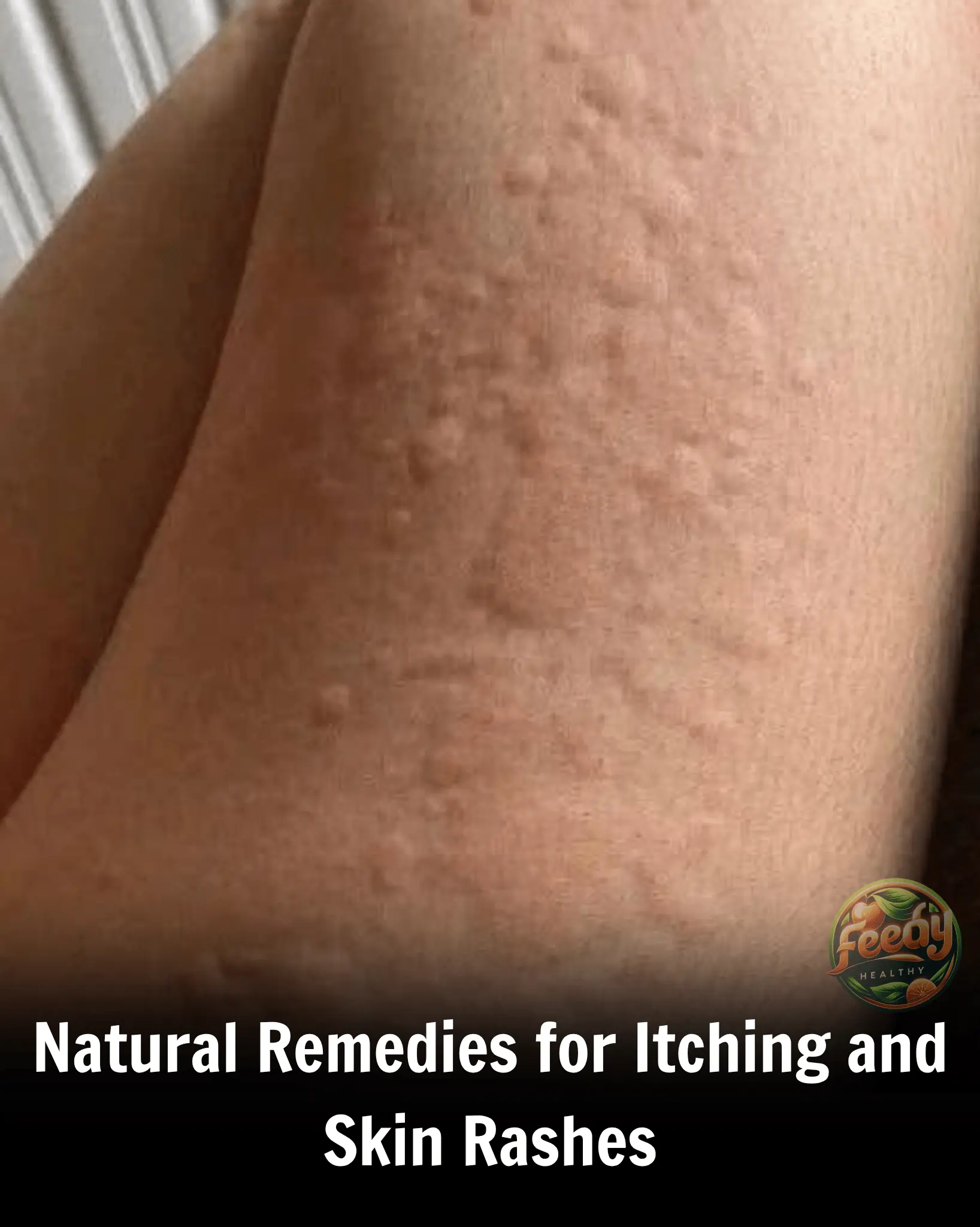
Natural Remedies for Itching and Skin Rashes
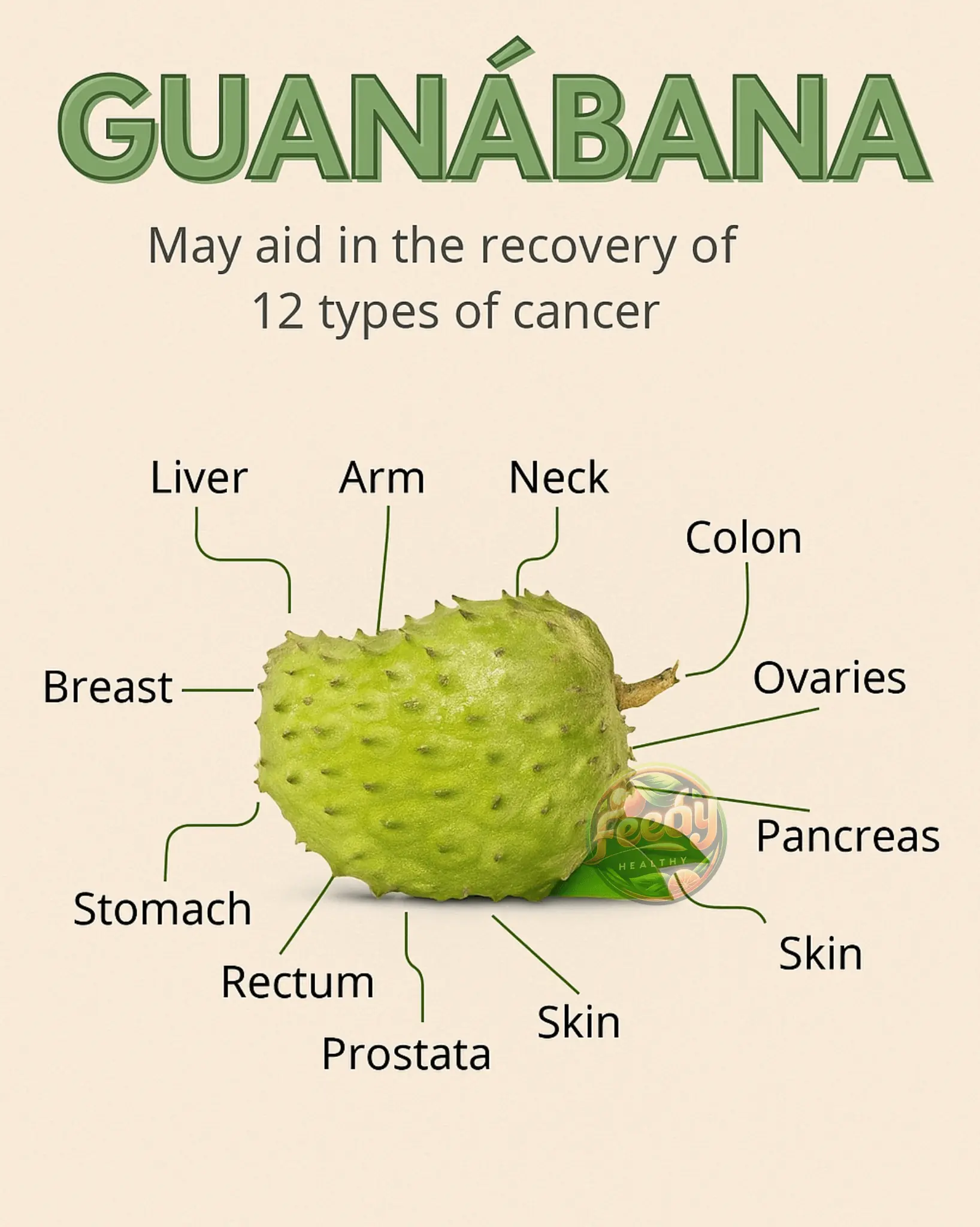
Soursop: A Miraculous Fruit to Strengthen Your Cellular Health

🌙💍 Moonlight Veil Cake

Doctors couldn’t believe what they saw during the ultrasound

🌽🫑 Summer Sausage and Veggies Skillet

🍑🍒 Summer Cherry Peach Pie

🍅 Creamy Sun-dried Tomato & Mushroom Pasta 🍄
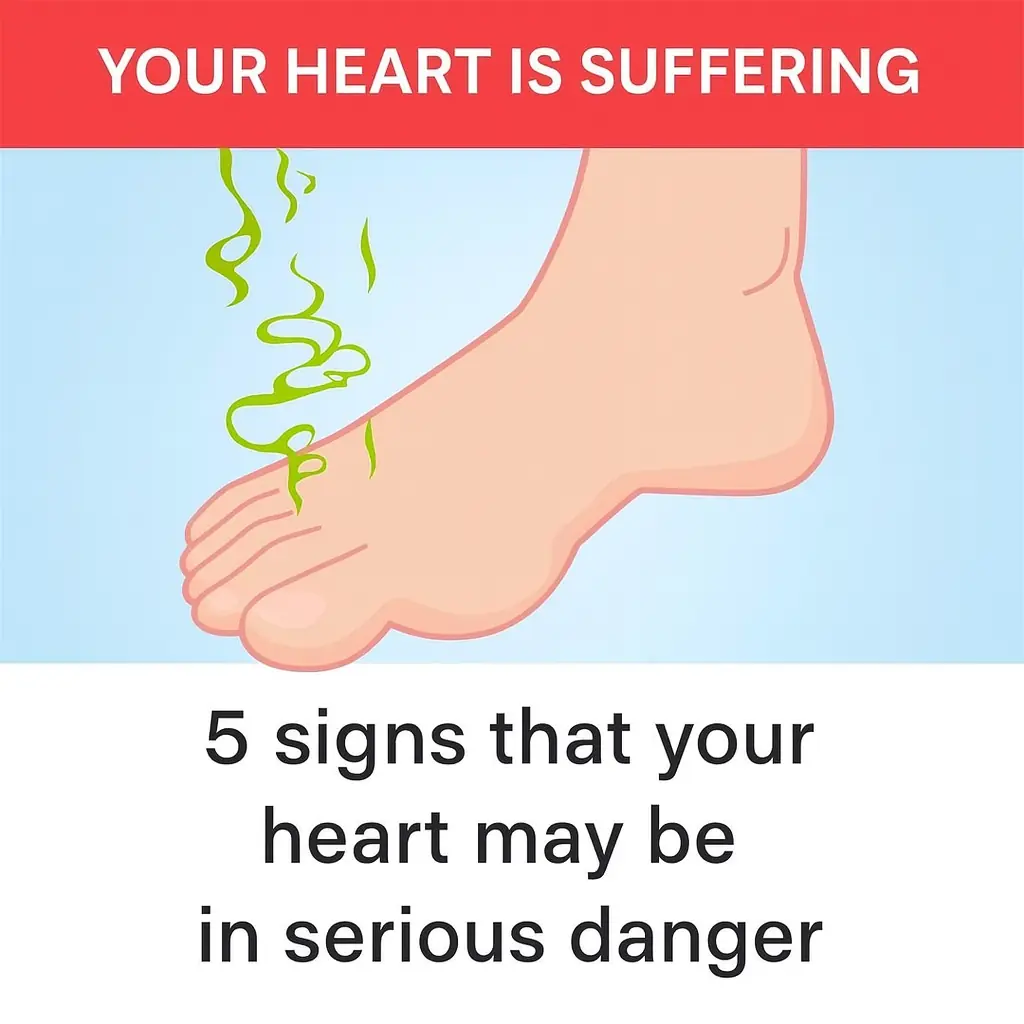
5 Signs Your Heart May Be in Serious Danger
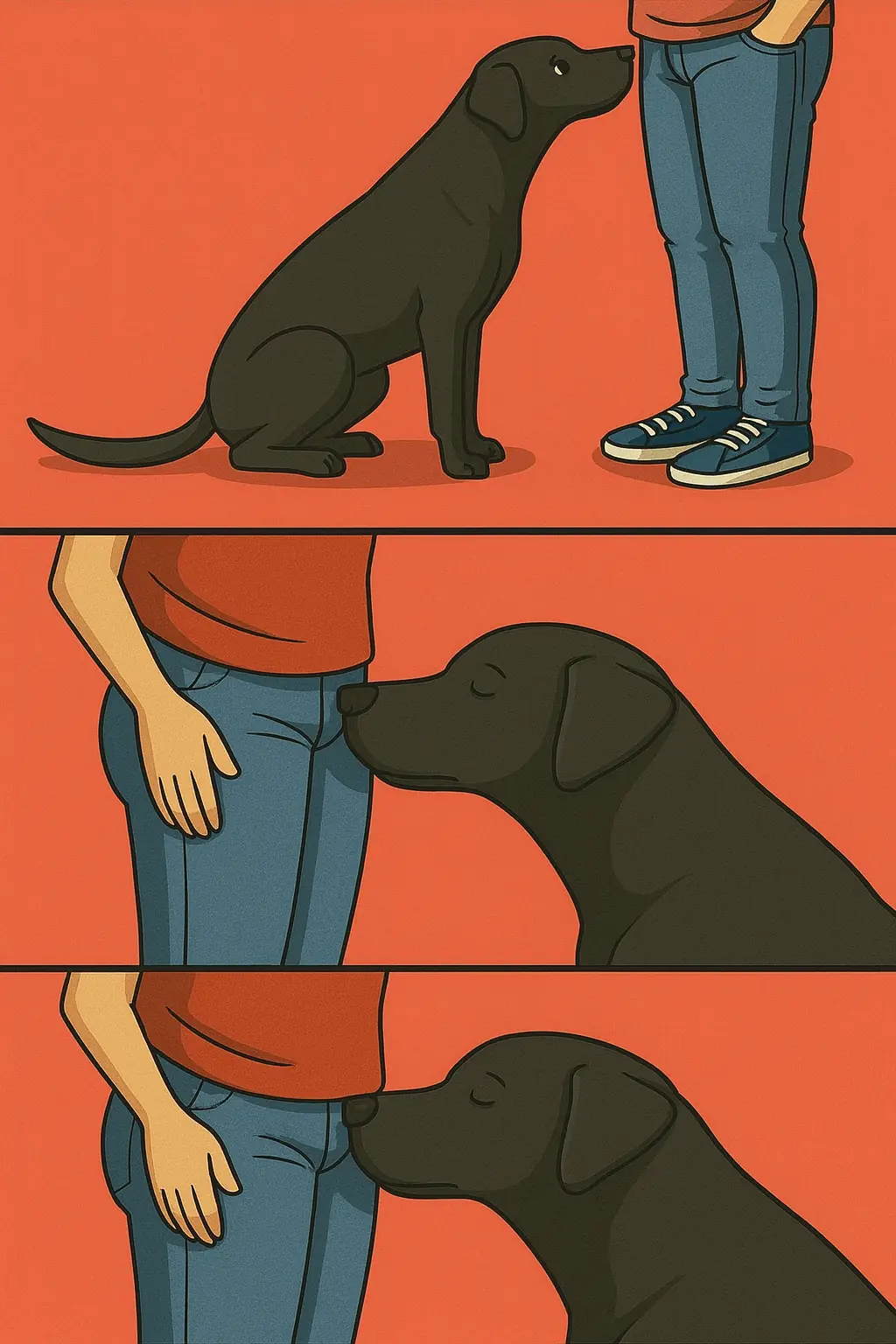
Why Do Dogs Smell Certain Parts of the Body? Uncovering the Mystery

💕😋 Nutella Cupcakes Recipe 😋💕

🍫 Chocolate Macaron Drip Cake Recipe

🌿 Blueberry & Oreo Drip Cake Recipe
